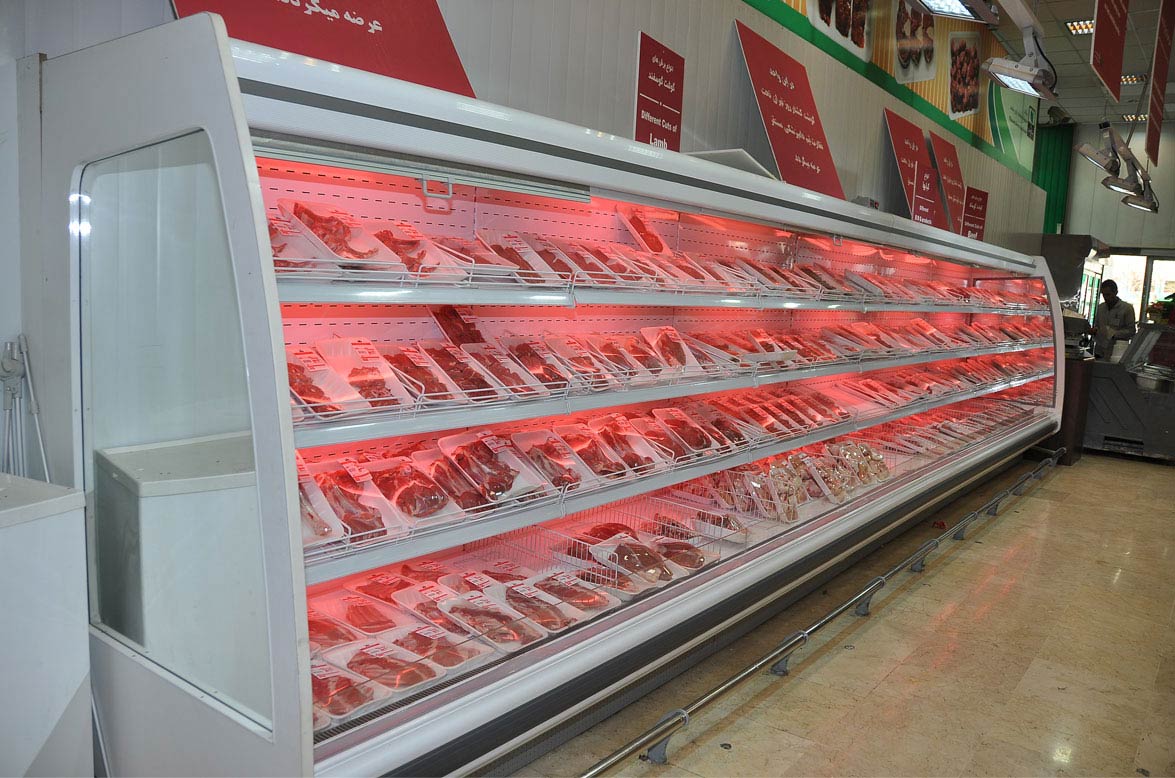A glance at Iran’s meat packing industry shows red meat production in the country has been climbing during the six years to March 20, 2017, narrowing the gap between production and domestic demand.
“We have achieved self-sufficiency in three items, namely chicken, egg and milk; Iran exports these items in fact. However, with regard to red meat, production currently does not meet the entire domestic demand and imports make up for the deficiency,” Deputy Agriculture Minister Hassan Rokni told the Financial Tribune in an interview.
According to Rokni, production meets 90% of domestic demand for red meat. In other words, demand is at 920,000 tons per annum, while about 830,000 tons of red meat are currently produced in the country every year. So, some 70,000-100,000 tons need to be imported.
Red meat production is projected to reach 838,000 tons by the end of the current Iranian year (March 20, 2018).
Iran’s red meat production has registered an 11.2% growth during the six years, going up from 740,000 tons in the fiscal 2011-12 to 823,000 in the last fiscal year (March 2016-17).
The Iranian red meat market is worth 248.793 trillion rials ($6.2 billion).
According to Rokni, there are close to 1.5 million livestock farmers in the country.
The top 10 red meat producing provinces in Iran are Khorasan Razavi, Fars, East Azarbaijan, Mazandaran, West Azarbaijan, Isfahan, Khuzestan, Tehran, Ardabil and Hamedan.
On the global scale, the US, China, Brazil, Australia, India, Argentina, Pakistan, Mexico, Russia and France are the world’s top red meat producers.
Unsteady Consumption Rate
Rokni said Iran’s per capita red meat consumption stood at 11.47 kilograms per person last year (March 2016-17), reaching a total of 917,000 tons. This is while the country’s per capita red meat production is less than 10.5 kilograms.
Notably, the global per capita consumption of meat (minus pork) is 11.5 kilograms per annum, similar to Iran’s.
Statistics show that Iran’s red meat consumption rate has not been very stable and regular during the six-year period under review.
According to Rokni, Iranians tend to consume more chicken than red meat as the per capita chicken meat consumption in the country is near 26 kilograms. This is while the global average is 15 kilograms.
He believes that the high consumption of chicken meat in the country, compared with red meat consumption, has three main reasons.
One pertains to health issues, diets and its low cholesterol. The second reason is linked to the significantly lower price of chicken meat compared to red meat. Lastly, the production of chicken meat in the country is easier and higher.
Some 2.2 million tons of chicken meat are produced in the country, making Iran the seventh biggest producer of chicken meat in the world.
Declining Imports
The deputy minister put Iran’s red meat imports during the five months to Aug. 22 at 50,000 tons. Brazil is the top exporter of red meat to Iran.
Iran imported 94,500 tons of red meat worth $385 million last year. Figures show imports have been on a general decline since the fiscal 2011-12.
Rokni noted that meat from other countries is normally imported in frozen form. But in the past one or two years, the Iranian meat market has been moving toward unfrozen meat imports.
“Livestock is not imported into the country, unless it is for breeding purposes,” he concluded.



